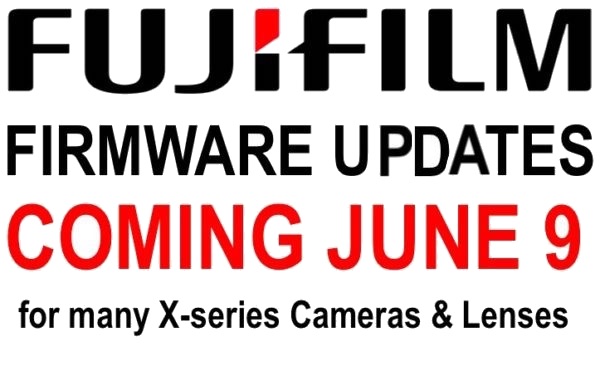NEW FEATURE
Submitted via GUEST POST PAGE
Write your own article on FujiRumros :-)
Submit Here
_ _ _
guest post by F. James Conley: f-eleven.com / @philatawgrapher
Hi Patrick. I wanted to share a fashion editorial with you, and my experience using the Fujifilm X-Pro2 in the studio.
For a few years now, I’ve relied on Fujifilm’s X-Series as my workhorse system for documentary, street, and travel photography. Originally working with an X100s and an X-E1, I’ve now added the X-Pro2 to the stable. (These days, the X-E1 is a backup body.) However, for studio work I’ve continued to rely on Canon.
Studio work involves different kinds of habits from those of the photojournalism I usually do. The thought process in working with lights, settings, models, and scenes is nearly quite the opposite kind of thinking required to capture unfolding moments on the street. Studio work is slower and more deliberate, and the distractions of the equipment cannot be avoided, with each shot requiring manual adjustments of light stands and strobe settings.
For studio thinking, I always found a Canon DSLR a good match. The studio is about controlling light, and it’s often a dim place to work. Seeing directly through the lens is not only easier in low light, but it also makes me feel more connected to the model. Fleeting expressions are easy to catch, and small framing adjustments are quickly comprehended when looking through an SLR.
The X-E1 was impossible to consider for the task. The slow refresh rate of the EVF is very frustrating in low light. The X100s was too limited with its lens options (even taking into account the WCL and TCL). Its EVF suffers the same problems as the X-E1, and the rangefinder is not an acceptable solution because of parallax issues. So it was Fuji on the streets, and Canon in the studio.
With time, however, the Canon system has shown its age. Not the least of the frustrations is a limited number of focus points. Especially when shooting with wide apertures, “focus and reframe” can introduce a host of issues. There are also issues with low light performance. Working with an SLR, it is much harder to tell if the focus is correct in low light, and many times it isn’t.
Newer Canon bodies have more focus points and better low light performance, but that necessitates buying a newer body. I have a substantial investment in Canon glass, but unfortunately the technology has left them behind and there are many frustrations with focus speed and lock on. What was a great L-series lens a few years ago is now a slow-focuser with a lot of chromatic aberration.
With the X-Pro2 in hand, I finally had an option. The EVF is fast enough not to be a distraction, and the low light performance is excellent. Faced with the choice of upgrading the Canon system or testing the X-Pro2, it was easy to decide to get the Fuji hooked up to the lights see what would happen.
My approach to studio light is very simple: one or two Paul Buff lights, with a variety of modifiers. The lights are on radio triggers, with a transceiver on the camera. I shoot the camera in manual, and make adjustments to the lights as needed to achieve the exposure I want.
The first problem came when the radio triggers wouldn’t trip the light. Investigation into the issue led to no satisfying answers. I’ve used Yongnuo 603Cs for years with no issues. My first fear was a hotshoe issue with the X-Pro2. (In the past, I’ve found that Canon studio accessories worked with the Fujis.) Forging ahead, though, I made the assumption that the issue was with the Yongnuos and not the X-Pro2, and purchased a set of RadioPopper receivers and a transmitter. They worked straight out of the box with not a single misfire, so I’ve concluded that the pins on the Yongnuo 603C’s aren’t correct for the X-Pro2.
Although a stressful one, the trigger issue turned out to be the only issue. The X-Pro2 is a delight to use in the studio. The EVF gets out of the way, and there were very few focus issues—and only when there were a lot of shadows. The sensor on the X-Pro2 is fantastic, and gives a very film-like quality to the images, with incredible amounts of latitude.
Getting the X-Pro2 set up for studio use is short work:
- set the shutter speed to 1/250th
- set the ISO to 200
- turn Preview Pic Effect off
- turn the flash mode to on
Manually set the aperture, and away I go.
I’m looking forward to continuing to use the X-Pro2 in the studio. Even more, I’m looking forward to not having to buy a new Canon!
More images can be seen on my website: http://f-eleven.com, and on Instagram: @philatawgrapher












